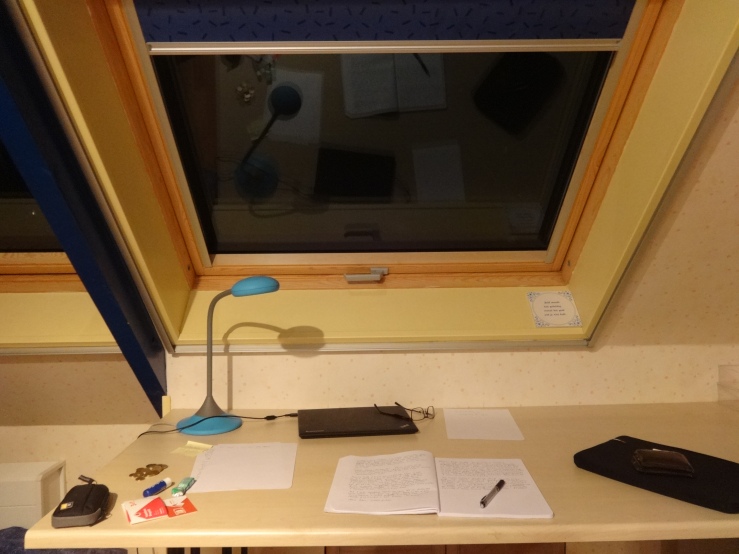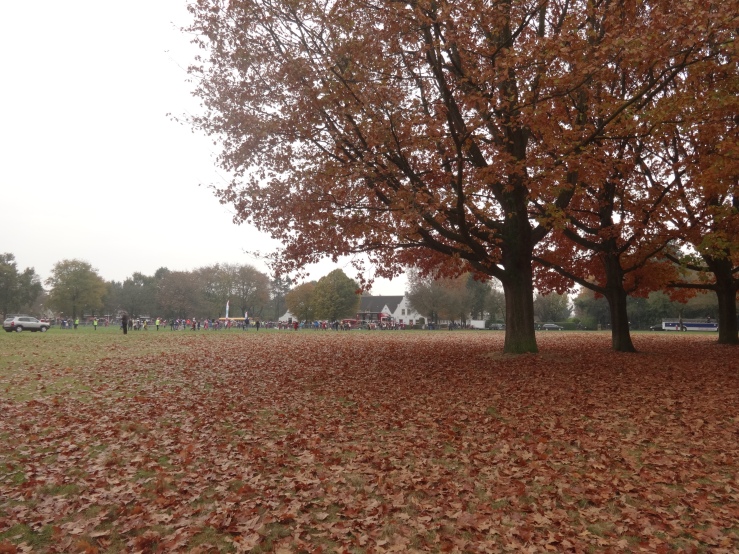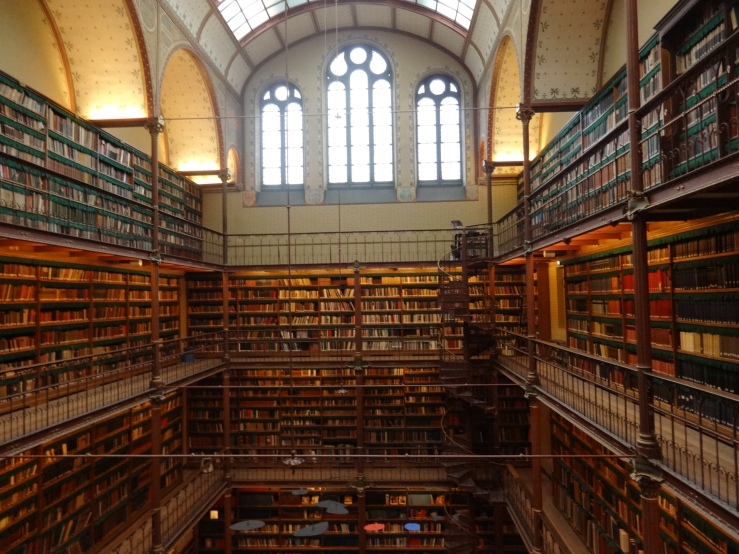
In the summer before the Watson, I went to my dentist. I explained I wouldn’t be around for a year, that I would be traveling the world exploring approaches to death and dying, so make sure to patch up anything that might need doing. He didn’t miss a beat, regaling me with thoughts on physician assisted suicide in Canada while his hands evaluated a back molar for a crown.
Whenever I mention my work, folks jump to the question of euthanasia. I don’t know if it’s a macabre fascination, its political ramifications, or its ethical complexity. But in truth, before traveling to the Netherlands, I hadn’t thought much about the subject. I was vaguely in favor of some sort of legalization, but always thought of euthanasia as a divisive issue, one that distracted from policy questions where common ground is easier to find. But after a month of conversations in the Netherlands, I’ve discovered the debate goes beyond abstracted ethical and religious questions, right to the heart of what we mean when we talk about freedom, independence and a meaningful old age.

In order to understand the Dutch conversation about euthanasia, it’s necessary to look at how the right to die developed. According to Jos Welie “Even though euthanasia and assisted suicide were illegal, cases against euthanizing physicians were dismissed by prosecutors and judges alike because of article 40 of the Dutch penal code. Article 40 waives the liability to punishment for anyone who commits a crime while compelled to do so by force majeure, that is, by a psychological or moral force so strong that the perpetrator could not resist it.” Among privileges like prescribing narcotics and slicing people open, doctors were afforded the authority to end someone’s life in extreme cases as an aspect of their role as independent professionals, even if it was understood as a workaround at the ethical limit of normal legal structures. At the same time, this sort of extrajudicial reasoning without clear guidelines, dependent upon the discretion of the judge, was untenable in the long term.

Euthanasia’s legal status in the Netherlands grows out of this tension, and is thus narrowly tailored to emphasize physician accountability and patient autonomy. The physician and the patient must agree that the patient’s suffering is unbearable and intractable. The patient must request euthanasia, and the doctor has to believe that they have the mental competence to make that decision and that the choice is long lasting. The doctor must also request a consultation by a specially trained doctor with no prior relationship to the patient. The second physician forms their own separate opinion about whether the euthanasia is justified. Their opinion is not binding, but both doctors’ justifications, along with the case, are forwarded to a separate committee that evaluates the legitimacy of euthanasia. If they have doubts, the physician that conducts the euthanasia may be prosecuted for homicide.
Here are the big takeaways. First, euthanasia is legally a specific medical treatment for a specific problem, not a broad based “right-to-die.” Second, the legal structure is very tight, biased towards the prevention of inappropriate use, at the risk of “underprovision.” One doctor I spoke to described it as almost “guilty until proven innocent.” Finally, individual competence and choice are paramount. A family cannot request euthanasia for the sake of a patient who is either unconscious or incompetent,1 and a patient must be considered competent enough to make the choice for themselves.2
As far as I can tell, there is near consensus among the Dutch that the current legal access to euthanasia is at least acceptable. The medical professionals are grateful that the law emphasizes their ethical discretion, the broader population is happy the option is available, even if the bureaucracy does get in the way, while those with ethical or religious objections generally thought the law was limited enough in scope that it could be ignored.

Jenny van der Steen, an academic researching palliative approaches to dementia, helped me to understand how this consensus was forged. Over dinner with her, her husband, two daughters, and a family friend from Eritrea, I was given a basic overview of the Dutch societal decision making process. The Dutch have a saying that roughly translates as “don’t stick your head too far above the grass, or it will get cut off.” In other words, societal interests are also your own, think beyond yourself. This, plus a relatively homogenous society and high trust in political institutions and professionals, means controversial subjects like the euthanasia law are discussed for nearly a decade, insuring everyone has had their say before a change is made. Consensus is almost an inextricable part of the process.
But despite this discussion-based consensus, there remain at least two fundamentally different conceptions of euthanasia’s purpose. One is the narrow exception to laws on killing, designed to meet a specific need of a small population already close to death. But for many others, the bureaucracy built around protecting physician discretion is as a violation of individual autonomy. Euthanasia is a reflection of the liberal right of self determination: “who are you to tell me when I should die? My body is my own.” It moves from a specific service into a general “right to die,” and if it is a right, then the government is obliged to insure access. The current debate over euthanasia reflects this qualitative difference, as the discussion moves to the right to determine whether one’s “life is complete.”
There’s a lot to dig into with this shift, and so it feels like it deserves its own space. The takeaway here is that while the Dutch may argue about the exact bureaucratic procedures, the Netherlands are not Senator Santorum’s nightmare of forced elderly euthanasia. The law is designed to protect from those sorts of abuses.
1. Such as a case of late stage dementia, though an exception can be made for a person who has an advanced directive and repeatedly indicated they wish to receive euthanasia in the case of dementia prior to dementia limiting their decision making capacity, a situation that opens up a whole other can of ethical worms that I can’t/won’t go into.↩
2. There is a whole other category of euthanasia that I’ve left to the side, because I feel I lack the expertise to evaluate it. Dutch and Beligian law allows euthanasia in the case of untreatable mental illness. An excellent article by Rachel Aviv covers the challenges in incredible depth, but as a simple level, it explicitly raises the question of which subjectivities we choose to trust as a society. If someone with chronic depression has pursued treatment and is left with their pain, do we allow them to decide to end their life? Why are physician’s entrusted with the discretion over who has the “competence” to end their life? Can we be considered a unified, atemporal, singular self in these decisions, capable of making a decision to end our lives that our future selves would respect?
The point being this gets into deep metaphysical waters I can’t trust myself to navigate in any sort of intelligible way. Please please please send me thoughts, I’m curious where I should look.↩
[…] Part I here […]
LikeLike
[…] same. We can decide when it is time to let go. I wrote about the theoretical basis of euthanasia here and here […]
LikeLike